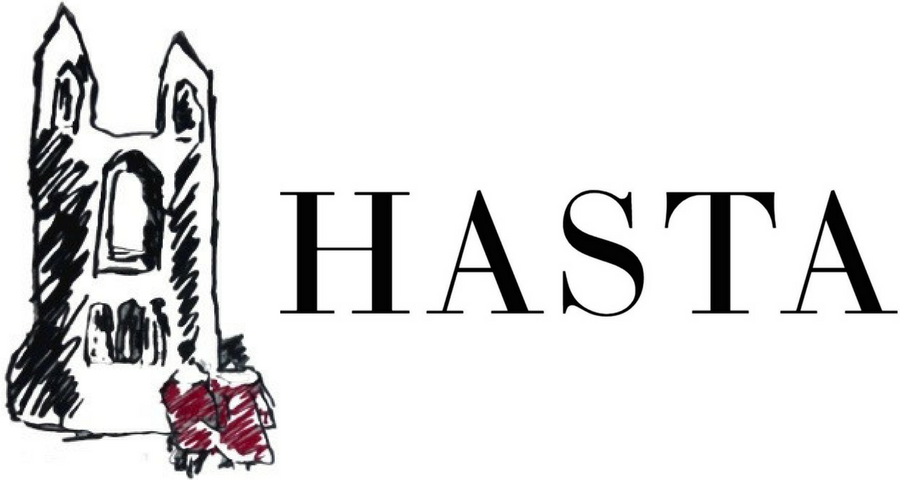Mary Kessell 1914-1977
By Analia Kaufman
Mary Kessell, Still Life under the Sea, 1960, Oil and pastel on canvas, (71×122 cm), Tate Britain, London.
Mary Kessell was a British war artist born in November 1914, in London. Though predominantly known for her war coverage, Kessell was also a successful figurative painter, designer, and illustrator. Her formal artistic training began at the Clapham School of Art, after which she attended the Central School of Arts and Crafts. At the end of the Second World War, Kessell was one of only three women selected by the War Artists Advisory Committee (WAAC) to work in Germany as an official British war artist. She was asked to document refugees in the wake of German surrender, and as such spent six weeks in the fall of 1945 journaling and producing charcoal drawings, which were subsequently sold to WAAC. Kessell arrived in Germany on Thursday, 9 August, the same day that the second atomic bomb was dropped over Nagasaki.
Kessell spent most of her time in Germany at the Bergen-Belsen concentration camp in Lower Saxony, which had been liberated four months prior. Arriving this late after the liberation meant that many of the buildings had been destroyed, and the survivors were being transported to their home countries in convoys, many of which Kessell was able to witness. During her time at Bergen-Belsen, Kessell produced her most well-known war drawings: a series of seven drawings in black and sanguine charcoal entitled Notes from Belsen Camp, 1945. These were the smallest drawings she produced as a war artist, and while many of the other war artists depicted detailed scenes or backgrounds, Kessell’s work showed primarily women and children, isolated and with detail-less bodies. Kessell also visited several other cities in Germany, including Hamburg and Potsdam, producing similar charcoal drawings to those she completed in Bergen-Belsen. During this time, she also produced extensive diary entries chronicling her time in Germany, which were published in 1946 in the Cornhill Magazine in London.
Upon returning from Germany, Kessell received commission from the Needlework Development Scheme to complete needlework designs. The NDS was a collaborative initiative designed to improve British embroidery design through promotion between education and industry. Kessell later painted a mural for the Westminster Hospital, works for Imperial Chemical House, and worked as a designer in the Shell Studio producing posters. She also produced promotional posters for London Transport and Kew Gardens. In 1950, she held her first of four solo shows at the Leicester Galleries, before being commissioned in 1960 by Oxfam to visit India and produce drawings documenting their work. At the end of her life, Kessell returned to the Central School as well as the Camberwell School of Arts and Crafts and taught in the School of Silversmithing and Jewellery alongside British painter and collage artist, Richard Hamilton.
Mary Kessell died in 1977, survived by her husband Tom Eckersley, an English poster artist and design teacher. She appears nowhere in his biographies. Her work can be found still in the Imperial War Museum, the Tate Britain, and the Victoria and Albert Museum. In 1980, the Camden Arts Centre held a retrospective of her work.
Bibliography
Arifa Akbar (8 April 2011). "Women at war: The female British artists who were written out of
history". The Independent. https://www.independent.co.uk/arts-
entertainment/art/features/women-at-war-the-female-british-artists-who-were-written-
out-of-history-2264670.html.
Jessica Talarico & Gemma Lawrence. "Artists' Responses to The Holocaust". Imperial War
Museums. https://www.iwm.org.uk/history/artists-responses-to-the-holocaust.
Tate Britain. “Mary Kessell”. https://www.tate.org.uk/art/artists/mary-kessell-1402.

